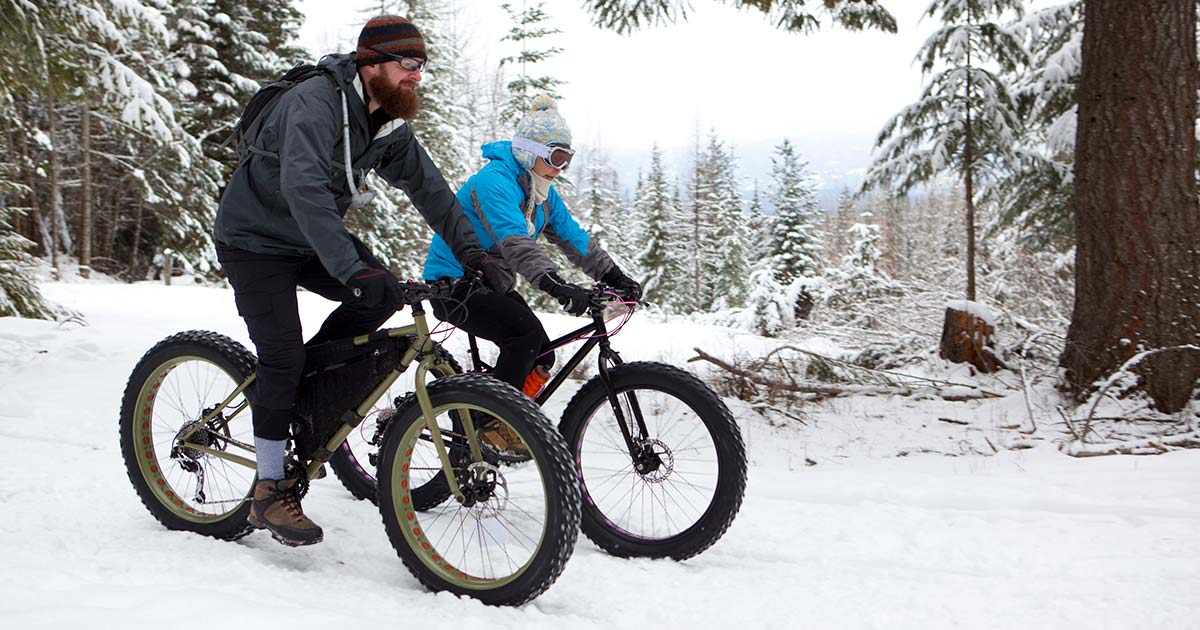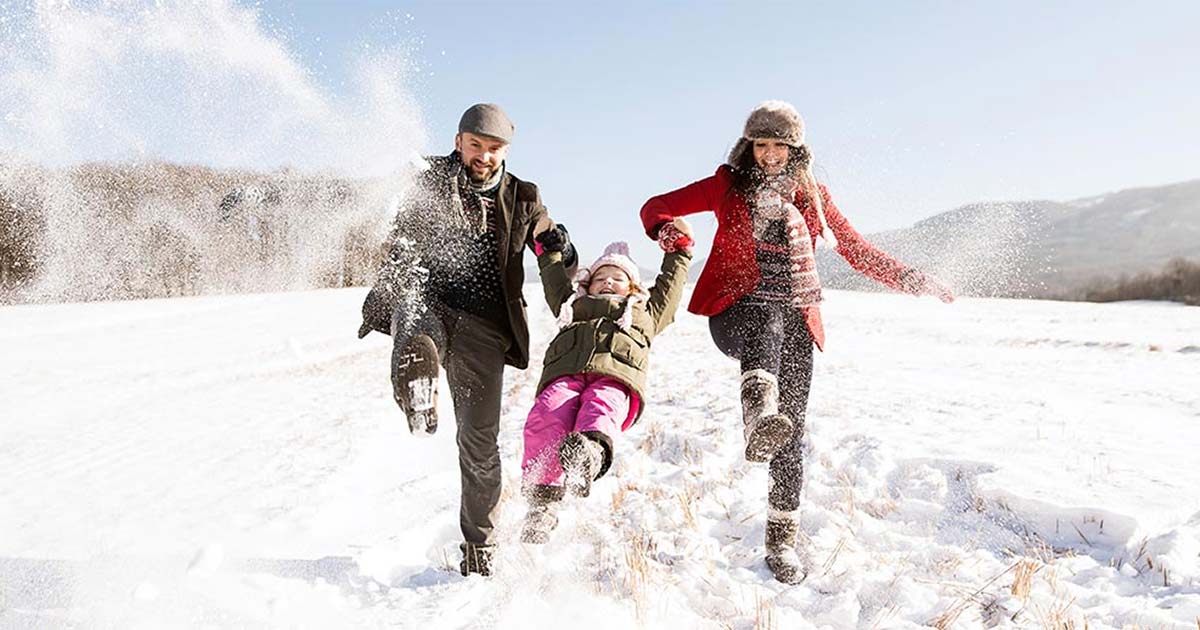
Advice to improve your movement, fitness, and overall health from the #1 in orthopedics in the U.S.
How to Exercise With Your Kids This Winter
If encouraging your kids to exercise more in the colder months is a constant challenge, try these ideas from HSS strength and conditioning specialist Jimmy Russomano.
Advice to improve your movement, fitness, and overall health from the #1 in orthopedics in the U.S.

"Exercise offers psychosocial benefits as well," says Jimmy Russomano, MS, CSCS, manager of education for the Injury Prevention Programs at HSS. "Physical activity is a great way for kids to engage with parents and friends."
As a break during the school day, physical movement can help kids reduce stress and keep their thinking, learning and judgment skills sharp. When it comes to virtual learning, even a 15-minute break between classes is an opportunity to engage in some movement. "Exercise is a great way to recharge your mind and body," says Russomano.
And it doesn't have to require a huge amount of effort or dedicated focus from either you or your child. Though Russomano recommends that school-age children get 60 minutes of physical activity each day, "you don't need 60 consecutive minutes. It's preferable to scatter shorter sessions throughout the day." Three to four physical activity breaks of 15 to 20 minutes each can contribute to your child's health and well-being. Even a quick game of Simon Says, a dozen jumping jacks or a few yoga stretches can do the trick.
Here are some ideas for adding creative, family-oriented physical activity to your schedule.
Incorporate the fun factor.
Of course, if physical activity is fun, kids are more likely to be into it. But "fun can still be challenging," says Russomano. Let your child try to jump rope for 10 seconds and build up to 20 seconds, run a 50-yard dash or twirl a hula hoop around their waist for as long as they can.
"It's important to find activities that your child enjoys," he adds. You don't need to lead every session. Let your child choose a game or put exercise ideas in a hat and let your child pull one out. Try a variety of games and activities to keep kids engaged.
If you need some ideas:
- Have a treasure hunt.
- Walk around the block playing I Spy.
- Bounce a tennis ball against a wall.
- Play follow-the-leader or tag.
- Toss a Frisbee in the yard.
- Create an obstacle course.
- Jump rope.
- Ice skate.
Or keep it indoors.
If cold or rainy weather keeps you inside, there are still plenty of activities and games to play. Structure isn't always important here either. "Turn on some music and have an impromptu dance party with your kids," says Russomano.
Or try these other indoor activities:
- Yoga
- Jumping jacks
- Musical chairs
- Strength exercises like push-ups, planks or squats
- Hopping or balancing on one foot
- A circuit with a variety of different exercise stations
- Classic games like Duck, Duck, Goose or Simon Says
- Tossing an inflated balloon
- Twister or charades
- Balancing a beanbag on your head as you walk
Take advantage of online resources.
Russomano recommends several online exercise resources for kids, including the American Heart Association and National Football League's NFL PLAY 60 campaign to encourage kids to get physically active for at least 60 minutes a day. The series includes demonstrations from players and cheerleaders.
Take note of safety and set good habits.
If you are exercising indoors, make sure your space is safe. There should be no clutter underfoot or breakables nearby. You don't want to trip on small toys or knock over lamps. Proper footwear is important. Have your child wear sneakers rather than slippers or flip-flops. If you are exercising outdoors, dress appropriately for the weather.
Once the coronavirus pandemic is over, Russomano says, we could face other public health challenges, as the physical isolation and inactivity of lockdown can affect mental health and contribute to obesity. Take the time to help your kids stay active now to form long-term healthy habits.
Published 1/13/2021


